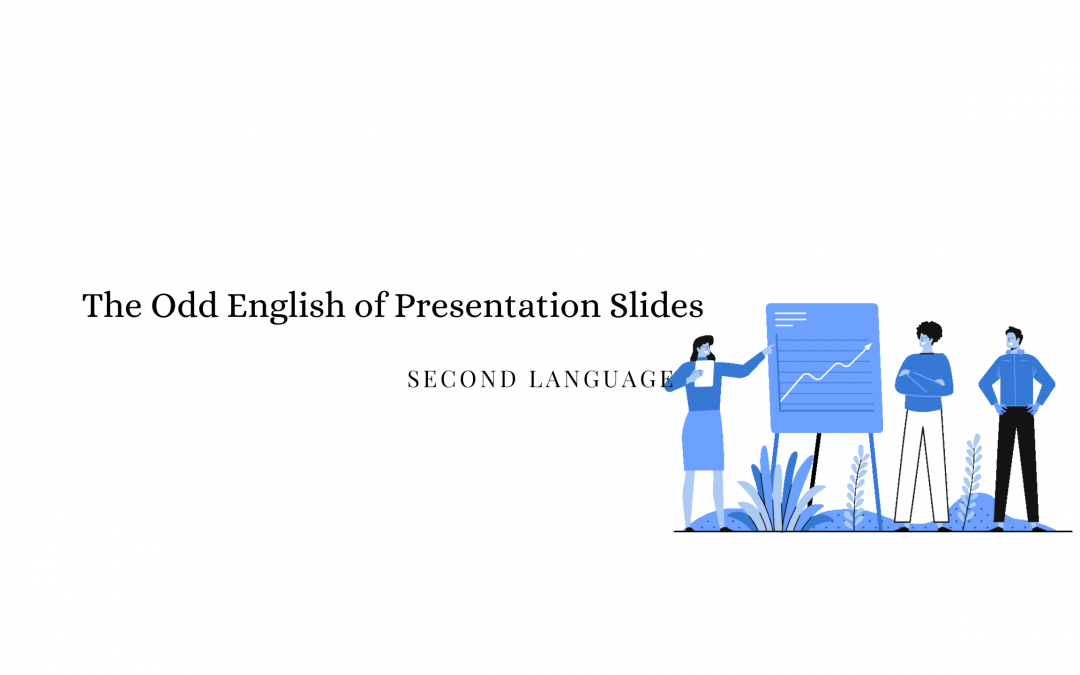If you’re a non-native speaker who has to use English for presentation slides, you might have noticed that it has too many words, right? All those prepositions and multi-word verbs fill up your slide fast, leaving less space for the vital images. Here are some of the tricks that natives use to cut the crap and reduce text to bare essentials.
Less is More
First, make sure that the text you have written on your slides is really necessary. Remember that in a presentation, your audience read much faster than you can speak, so if you project what you’re going to say on a screen, they don’t need to listen to you and can start quietly working on their phones while you catch up. The text on your slides should work as a ‘teaser’, giving just enough information to introduce the topic and, hopefully, generate a feeling of curiosity that can only be satisfied by listening to your talk.
Unnecessary Words
Your best model for writing text in slides is a newspaper headline. For years, journalists have been refining language to eliminate any words that can be understood by the reader and leave just the minimum information required to transmit meaning. This means that you can normally cut articles (a, an, the), determiners (some, any), possessive adjectives (our, their, its) and in 90% of cases, the verb to be. So if your original sentence is “Some complaints have been received from the customer about problems with their machinery”, your bullet point should be: “Complaints received from customer about problems with machinery”.
Simple Verbs
And the good news continues. After eliminating all those nasty little words, you can simplify your verb tenses, too. The shortest tense for most verbs is the present simple (I do), and you can use this to replace multi-word tenses like the continuous (I’m doing) and the future (I’ll do), so “Acme Corp are making/will make the parts” becomes “Acme make parts”.
The final trick is to cut prepositions in phrases like “complaints from customers” to produce “customer complaints”, but these “noun combinations” can be tricky. I’ll be looking at them and other issues with nouns in my next blog.


